Finding Sacred Spaces
Sep 21
/
Kyle Norman

The other day, I had the blessing of going for a socially-distanced walk with a parishioner. I was interested to know how he was handling the pandemic, the lack of physical church services, and our humble online offerings. During our conversation, he expressed sadness over the inability to be in the church building. “Honestly”, he said, “I find it hard to do my work, binge watch Netflix, and engage in church all through the same screen. For me, going to church involved being in a sacred space.”
I have been thinking a lot about his comment regarding sacred space. Of course, we all know the age-old truth: the church is not a building - the church is the body of Christ, the community of the faithful. While that is true, we cannot deny sacred spaces are important in our spiritual lives.
We see this all throughout the Bible. Following his vivid dream in Bethel, Jacob exclaimed “Surely the Lord is in this place” (Genesis 28:16), he then goes on to set up a stone monument in testimony to that reality. Moses was instructed to remove his sandals out of recognition of the “holy ground” upon which he stood (Exodus 3:5). Later, as he led Israel through the desert, the “tent of meeting” was erected as a place to receive divine inspiration.
Of course, Israel firmly believed God’s presence resided in all places, and at all times - this was never in dispute. Yet the tent of meeting, the mountain of the Lord, and the stones at Bethel were all designated for a particular purpose – they were places, set apart from all others, for the unique, special, and defined purpose of meeting God. This is the reason why the Temple became so important to Israel, and why the early disciples were “always in the temple praising God” (Luke24:53).
Later, when the disciples were ejected from the temple, and persecutions arose, the notion of sacred space shifted to other locations: houses, rivers, and catacombs. For the early Christians, and for us, having a particular place designated to meet with the Spirit of the living God is an essential part of our faith lives.
The church building often fulfills this need. We “go to church”, hopefully, out of the desire to meet the living God, and to render our praise and worship. Yet with the closing of church buildings due to Covid 19, where do we find our sacred spaces? Furthermore, how can we cultivate such sacred spaces when we can’t even leave the house?
This is easier than it first may appear. A quiet room, or a corner in their house can easily be reserved as a place to be with the Lord. Simply place your Bible, along with a prayer book or devotional guide perhaps, in that location. You may light a candle or hang a cross if you choose. Such things help create an atmosphere conducive to a time of prayer.
Of course, if one does not have an entire room free to designate, one simply attends to prayer or bible reading from the same location every day. Simply choose a specific end of the couch, or a corner of the kitchen table and consistently engage in your devotions from this location.
Similarly, creation holds a myriad of opportunities for cultivating sacred spaces. Celtic Christianity has a long history of naming mountain tops, river beds, and forest paths as ‘thin spaces’ – places where heaven and earth meet uniquely and powerfully. Thus, our favorite place in creation can easily become a sacred space.
In fact, Jesus said to Nathanial that he observed him “sitting under the fig tree” (John 1:48). The indication in this text is that the fig tree was the place that Nathanial went to draw near to God. It was a place of meditation, biblical study, and prayer.
Ultimately, the location of the sacred space is less important than the ongoing spiritual activity that we do there. This is because a sacred space isn’t just about knowing where to sit. Prolonged engagement with prayer and worship, in the same physical location, actually effects our spiritual lives. When we enter into that sacred space, we find ourselves more able to calm our anxious minds. We may find that prayer becomes easier, or less prone to distraction. These places help us put aside the busyness of our lives and concentrate on the presence of God.
The essential elements in creating a sacred space are dedication and time. The more we engage in our relationship with God in a particular location, the more we will find the location becomes a powerful aid in our spiritual lives. We may even find that we will begin to look forward to our time spent in those places – a sure testimony that our spiritual life is being awakened through the engagement with a sacred space.
Of course, a solitary sacred space, developed at home, does not compare with the gathering of the Christian community. As wonderful as my own prayer corner may be, I do long for the day when the body of Christ can gather together in the local church. But until then, an individual sacred spaces can be a great help in our capacity to meet with the Lord, and journey with him in our lives.

Kyle Norman
Reverend Dr. Kyle Norman is the Rector of the Anglican Parish of Holy Cross in Calgary, Alberta, Canada. He has a doctorate in Spiritual Formation and is often asked to write or speak on the nature of Christian community, and the role of Spiritual disciplines in Christian life. His particular interest is how spiritual formation is rooted in our understanding of baptism. His personal blog can be found at www.revkylenoman.ca
Reverend Dr. Kyle Norman is the Rector of the Anglican Parish of Holy Cross in Calgary, Alberta, Canada. He has a doctorate in Spiritual Formation and is often asked to write or speak on the nature of Christian community, and the role of Spiritual disciplines in Christian life. His particular interest is how spiritual formation is rooted in our understanding of baptism. His personal blog can be found at www.revkylenoman.ca
http://www.revkylenoman.ca

